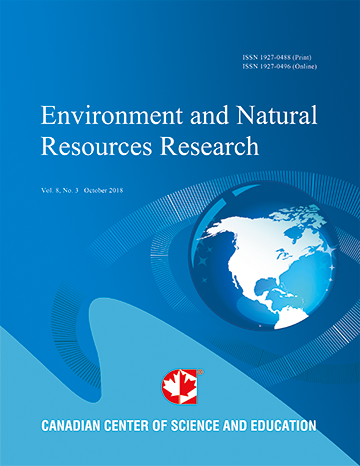Spatial Analysis of Salt Heterogeneity in a Central Californian Grape Field
- Florence Cassel
- Shankar Sharma
Abstract
Grape is one of the major crops produced in California; however, moderate salt concentrations in the soil pore space can affect its growth. Therefore, it is important that the root zone salinity be rigorously monitored and maintained below the threshold limit for grape. Spatial analysis of salt heterogeneity can facilitate site-specific management for the crop. We conducted an electromagnetic salinity survey followed by semivariance modeling and kriging analyses in order to quantify the spatial variability and structure of salt distributions in a central Californian grape field. Soils in the study area had silty clayey texture and the salinity across the root zone remained largely elevated with random variations. Around 78 and 19 % of the salinity values remained in the 3-4 and 4-4.5 dS m-1 ranges, respectively. The 3.5-4 dS m-1 level represented one of the most abundant concentrations across the areas of salt build up in the grape field. Based on our variogram and crossvalidation analyses, the Gaussian model fitted best to the salinity data (r2 = 0.996, RSS = 0.0003). The salt heterogeneity was characterized by high structural variance (99 %) and low nugget effect (C0 = 0.014). The kriging analysis demonstrated a large spatial dependence of salinity that extended beyond a 1000 m radius. The isotropic nature of the spatial correlation structure produced an omnidirectional variogram. The overall salinity levels across the field surpassed the salt tolerance threshold for grape and the spatial analyses identified sensitive zones and their structures that require precise adaptive management.
- Full Text:
 PDF
PDF
- DOI:10.5539/enrr.v7n3p89
Journal Metrics
Google-based Impact Factor (2016): 6.22
h-index (November 2017): 12
i10-index (November 2017): 19
h5-index (November 2017): 11
h5-median (November 2017): 12
Index
Contact
- Emily LinEditorial Assistant
- enrr@ccsenet.org
